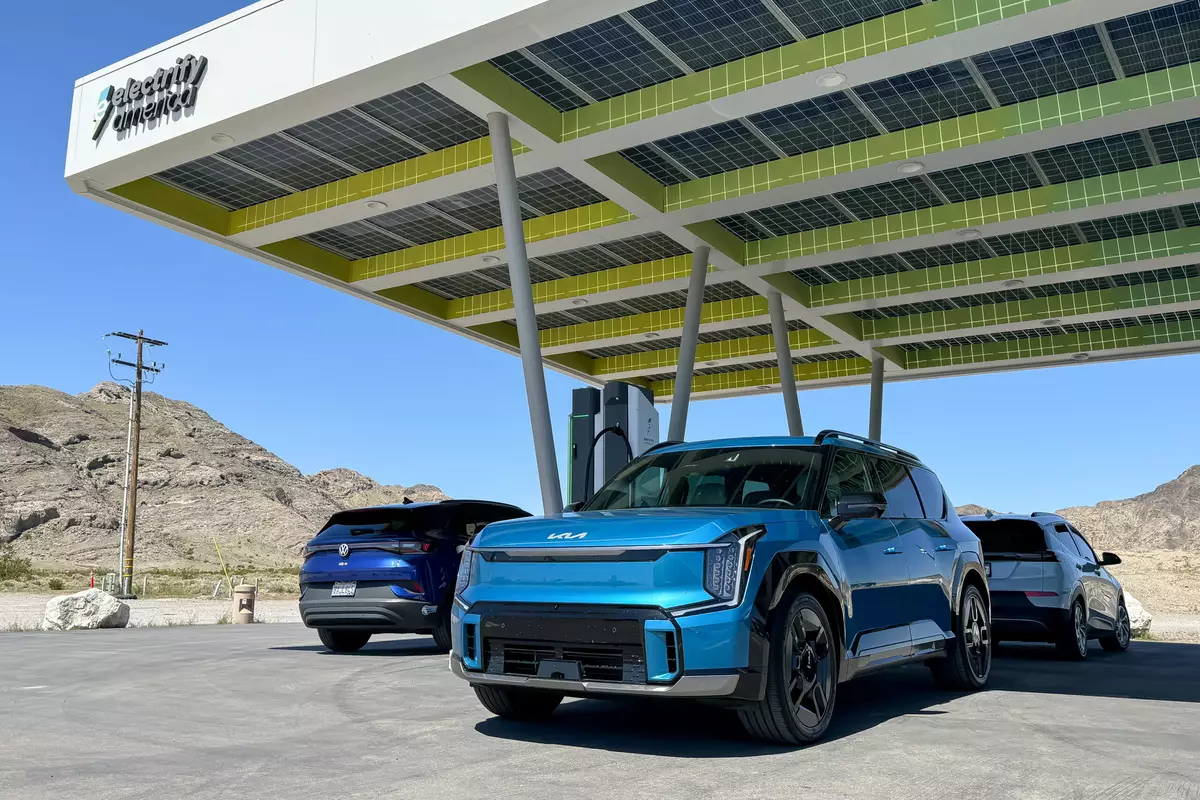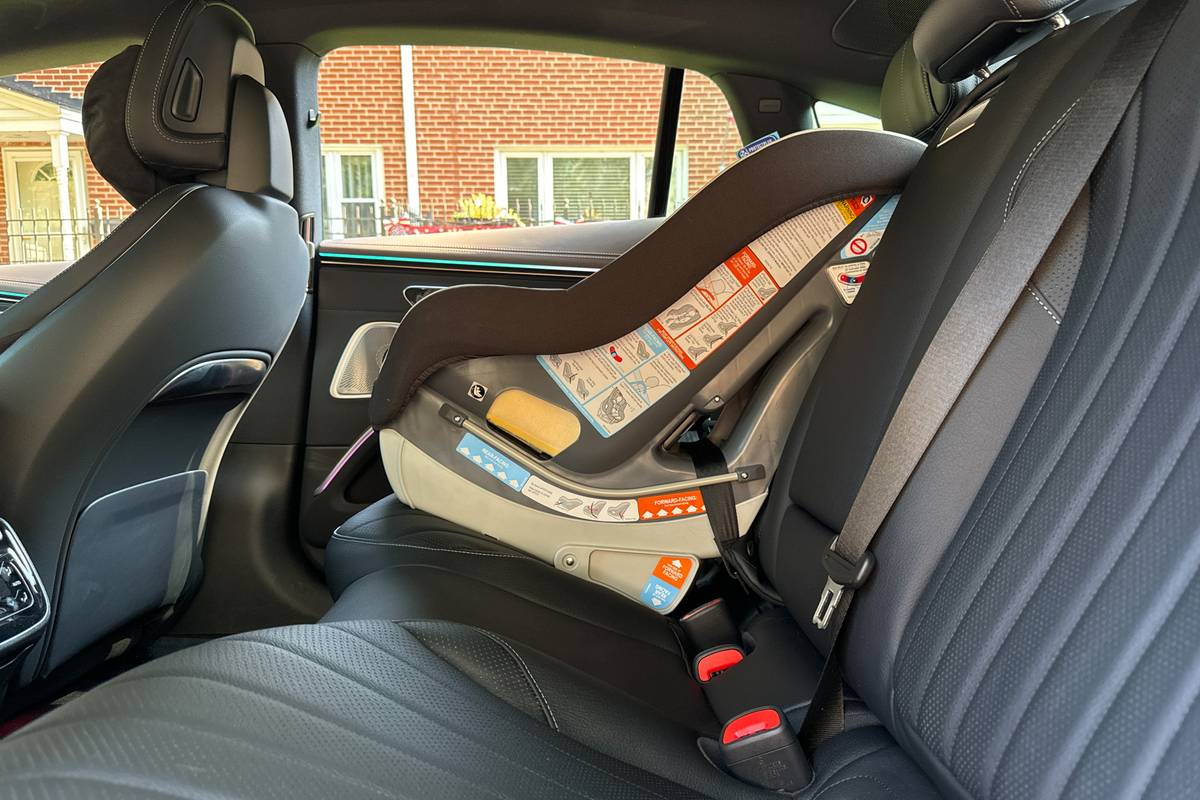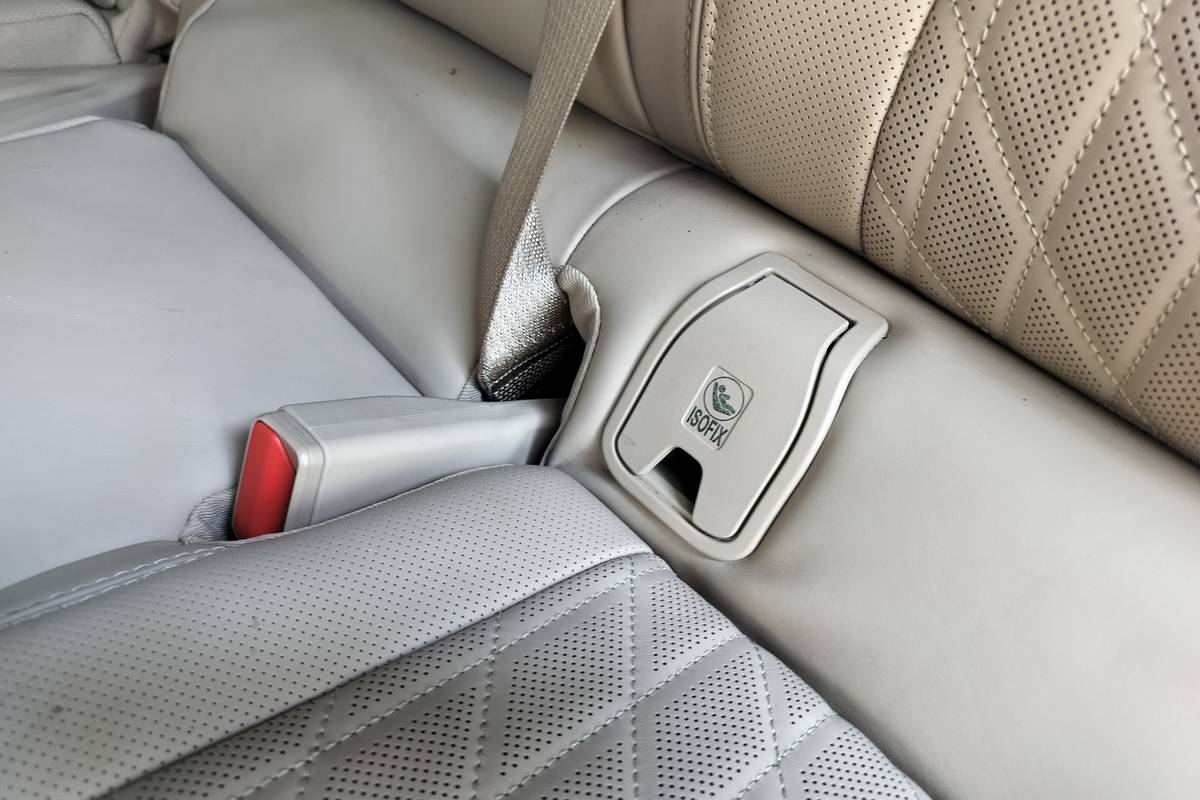Boston.com's view
Nissan has a history when it comes to compact pickup trucks. In 1959, when fins and gas-guzzling were in vogue, Nissan (then branded as Datsun for its US operations) introduced its Datsun 1000 compact pickup truck. It had a 1000cc, 37-horsepower, four-cylinder engine and could – on a good day – haul a quarter-ton payload. To leave the past, suffice it to say that Datsun kept improving and innovating, and that brings us to today and the 2001 Nissan Frontier, still a compact pickup and now available in 14 configurations.
The 4×4 supercharged V6 version pictured on this page is another Nissan first. “Firsts” these days can get pretty specific, but Nissan is happy to trumpet this as the first compact pickup with a factory-installed, fully warrantied supercharger. Superchargers – as opposed to turbochargers – are driven by the engine pulleys and offer the advantage of immediate throttle response (as opposed to the oft-cited “turbo lag”). They increase torque across the entire range of rpms and don’t clobber fuel economy (10 percent or less generally). The flip side of Nissan’s is that it provides only 6 to 7 pounds per square inch of boost – definitely on the low side. Of course, we’ll leave it to the aftermarket tweakers (and warranty-voiders) to figure out how much it can be ratcheted up once the sealed unit is opened. Also, this supercharger adds noise from under the hood – and it’s a whiny sound.
Still, the supercharged unit is a nice performer. It gets an “impressive” on my perceived real-life acceleration tests – on-ramp merging onto interstates, passing on those same roads, climbing a real hill to home, and the occasional quick start when I find myself first in line at a traffic light. Our test truck had the four-speed electronically controlled automatic transmission and the engine was rated at 210 horsepower and 246 lb.-ft. of torque. But the standard non-supercharged Nissan V6 is a nice perfomer, too, with 170 horsepower and 200 lb.-ft. of usable torque at 2800 rpm.
If you need the supercharger, you might as well also spring for the $1,549 value package which adds leather seating (charcoal with red S/C stitching), a factory security system, a nice six-disc in-dash sound system, pop-up sunroof with removable sunshade, tilt wheel, and cruise control. Even with all that, people are going to notice right away that this isn’t grandpa’s 1959 Datsun 1000. Nissan has gone for a bold machined styling approach. “We went for the modern industrial look,” said Bill Kirrane, vice president and general manager of Nissan Division, Nissan North America. The aggressive grille reminds me of the Jeep Liberty concept. There is a high hoodline, oversize fender flares, with the divot holes and rivet caps outlining big tires – P265/55R17 on alloy wheels on this model.
And the driving experience measures up to the look. On a thawing morning, with rain falling over six inches of fresh snow, the Frontier thrived on plowing down a dirt ro ad, throwing spray over the windshield and barely slewing on slippery curves that were taken a tad too fast. The suspension, a bit harsh in normal driving, loved the tough going.
Inside, there’s lots of headroom, but legroom is tight, probably to squeeze in the pop-down jumpseats in back that few buyers will ever use. The Frontier also had a sliding rear window than few users will ever be able to climb back and open. The back of the cab is basically to stow those few items you don’t want to expose to the elements in the open bed. Speaking of the bed, the tailgate is lockable and has a high, easy-to-use latching system.
Creature comforts are fine inside. There’s a double cupholder, the leather-wrapped wheel is comfortable and features controls for both cruise and audio systems. Storage is minimal: Small bins on the doors, a tiny armrest (big enough to hold some CDs). Missing is that little slot on the console or center dash to put a turnpike ticket or parking lot card. T sound system is great. CDs are easy to insert and manage. Changing radio bands requires adapting to an A-B-C system (3 bands, 2 FM, 1 AM).
Overall, this was a nice truck. I’d look at the other cab configurations – regular and four-door crew cab – to see which offers the best use of space and driver comfort.
And I’d think hard about buying the supercharged version. Unless you have to have the biggest, fastest, newest, the base V6 is a fine option.
Likes: Shift-on-the-fly 4WD. You can select it at speeds up to 50 miles per hour.
Annoyances: The kaleidoscope of dashboard colors. The titanium gauges with orange dials and white lights are nice. So why does the audio system have to be blue and the clock yellow?
Latest news



